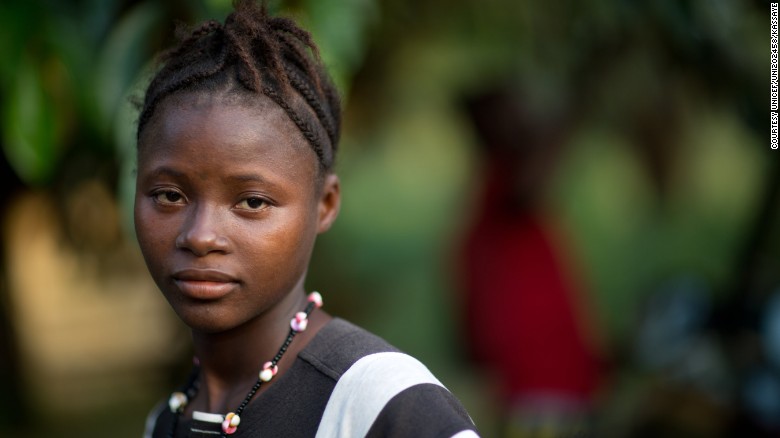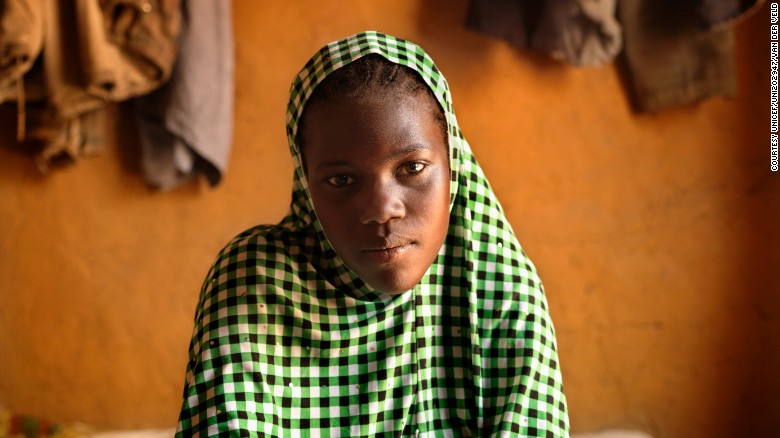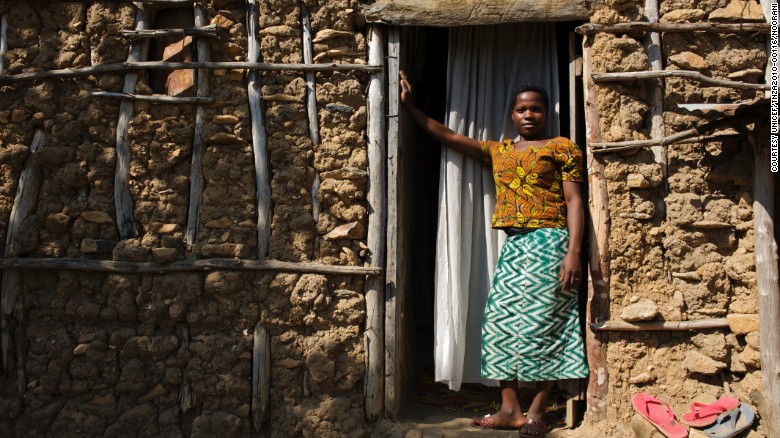
When Fatimetou was 13-years-old she was forced to marry a much older man. She kept running away, but her family kept sending her back.
“I could not look at him,” says the girl from Mauritania, in west Africa.
“And then when I saw his face I thought: ‘I really hate that man.'”
Her story is not unusual in this part of the world.
Briggite, from the Democratic Republic Congo, was 13 when she gave birth.
Amina, from Sierra Leone, was 15 when they sold her to a husband.

These girls — whose names have been changed to protect their identities — are just three of millions of child brides across Africa whose lives are permanently altered by harmful cultural practices.
In an alarming new study, UNICEF estimates that the total number of child brides in Africa will rise from 125 million to 310 million by 2050.
Slow rates of reduction and ballooning populations are the main cause of the projected increases.
Early marriage is most prevalent in a vast belt across Africa stretching from Somalia in the east to Guinea in the west.
Entrenched religious and cultural practices, and limited economic prospects, push girls into the margins and into harmful early marriages.
“When you look at the projected numbers, it is particularly alarming to us because we know the impact on a girl who gets married before the age of 18, the impact on her health, the impact on education, the impact on the whole country,” Manuel Fontaine, UNICEF’s Regional Director for West and Central Africa, told CNN.
He says the practice feeds into a cycle of poverty that could be broken by focusing on girls’ rights and education.
Fontaine adds that the practice is often anchored in cultural tradition, so entire communities need to be mobilized to combat it.
On the African continent, declines in child marriage have only occurred in wealthier communities and families, but high levels have persisted amongst the very poorest.
“The sheer number of girls affected — and what this means in terms of lost childhoods and shattered futures — underline the urgency of banning the practice of child marriage once and for all,” said UNICEF Executive Director Anthony Lake at the start of a two-day summit in Lusaka, Zambia.
He called each individual case a tragedy.
Earlier this year, the African Union launched a campaign to end child marriage. But legislation in many countries is often stacked against victims.

Fontaine says that young men and elders should also be playing a key role in advocacy.
Still too often, girls are set on a path against their will. Like Salimata from southern Mauritania, who dreamed of finishing her education and of a better life.
But by the age of 15 she was married and pregnant, her life locked into a path she wouldn’t have chosen — if only she’d had a choice.
As reported by CNN
